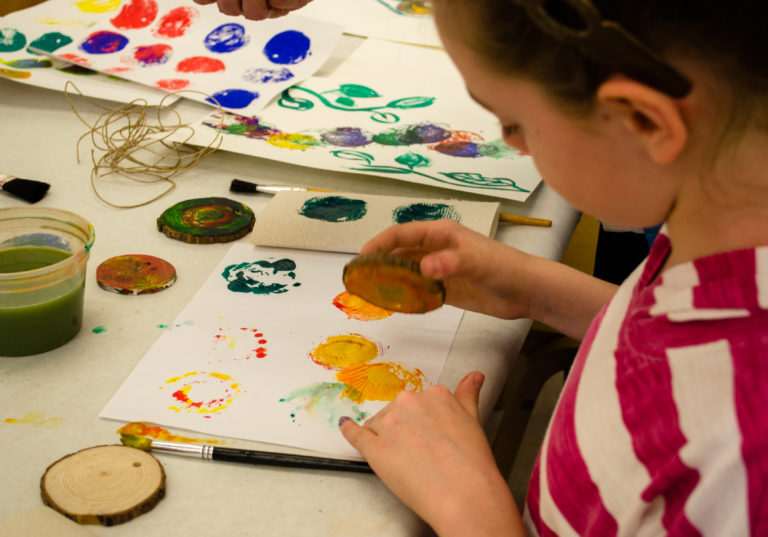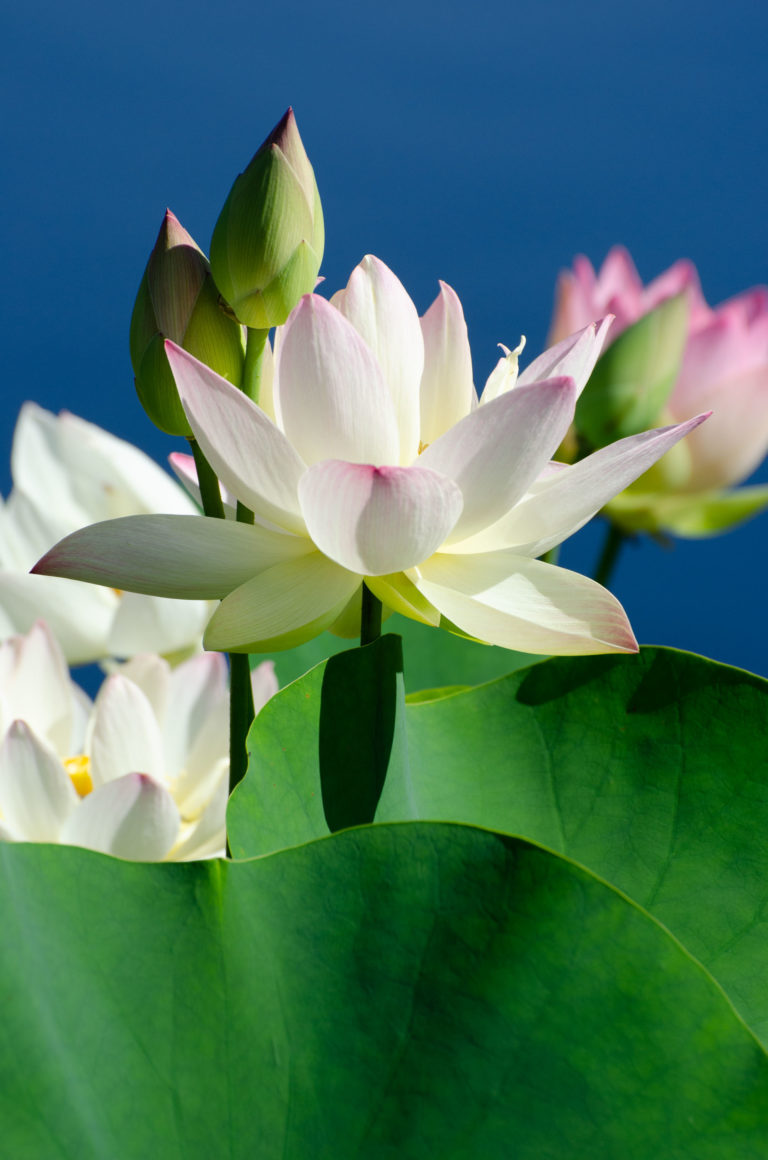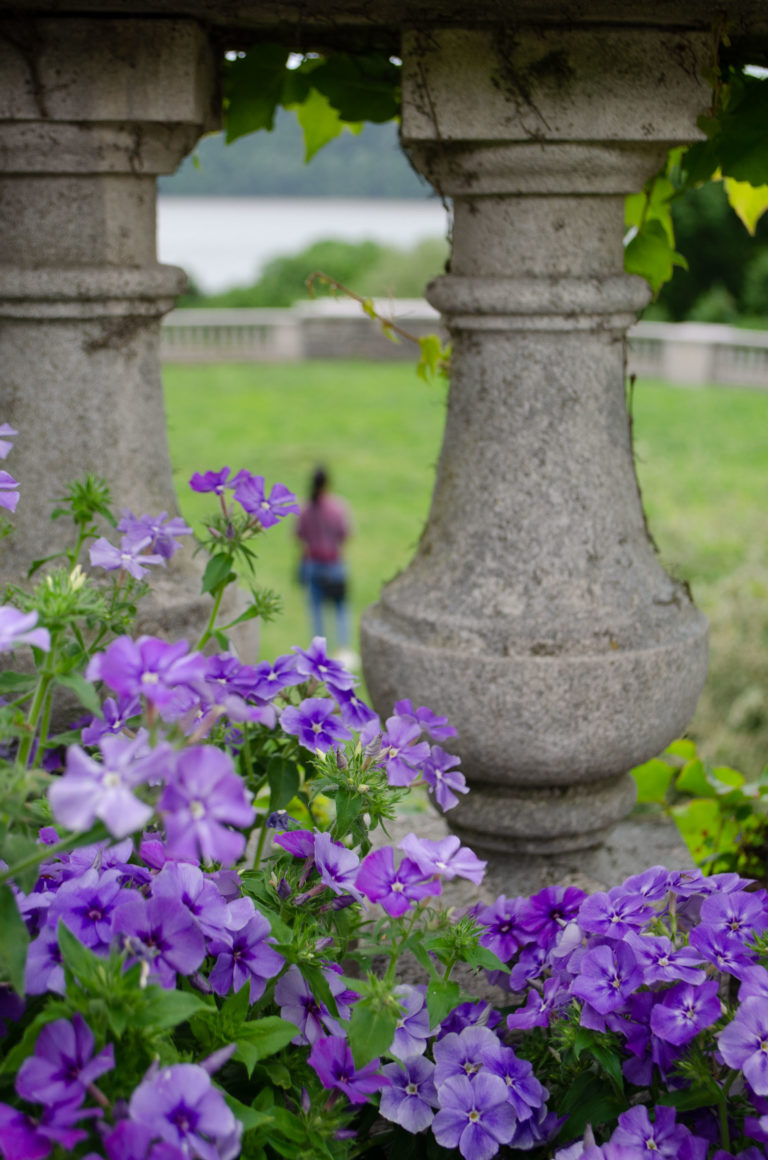
Nature Activities for Home
Flower Dissection
Observe the parts of a flower first-hand and identify their specific functions.
Materials:
- Fresh flowers (recommended: lilies, daffodils, or irises)
- Magnifying glasses (if available)
- Parts of a flower diagram
A Healthy Reminder
Some of these activities may take you out into nature. Be sure to follow the recommended health and safety guidelines, including keeping at least six feet from others and washing your hands well when you return home.
Definitions:
- Pollinator: an organism that carries pollen from one plant to another
- Parts of a flower definitions can be found here
Procedure:
Tell children that you will be learning about plants and pollinators. Ask: What is a pollinator? What are some important plant parts for pollinators? How might plants attract pollinators?
Then give each child a flower. Identify the petals and sepal. Have them make a sketch of each. Then, ask them to remove the sepals and petals by pulling them down toward the stem. Use magnifying glasses to examine the petals. Ask: What is the texture like? The color? How might these attract pollinators?
Next, have children identify, sketch and remove the flower’s stamens. At the top of the stamen is the anther, which holds pollen. Ask participants to break the anthers off and examine the pollen with magnifying glasses. Ask: Can you see what shape each pollen grain is?
After you have finished with the pollen, remove all parts except the pistil or female part of the flower so that it remains alone on the stem. At the top of the pistil is the stigma, which collects pollen and carries it down though its hollow body called the style to the ovary. Ask children to carefully pull the pistil lengthwise in half and use magnifying glasses to look inside. They should be able to see that the style is a long, hollow tube. They might be able to see tiny eggs, or ovules, in the pistil’s ovary. Ask: How does pollen travel from the anther to ovary? Confirm that it must be transported from the anther (often by a pollinator) to the stigma. Once there it can enter the flower’s style and descend to the ovary.
If you have a few different kinds of flowers, you can compare how the parts look and different flowers and start to think about why that might be!
To take the activity one step further, use the links under Resources to learn how to create your own pollinator-friendly garden.
Resources:
“Plant Parts – Flowers". The Great Plant Escape, University of Illinois Extension, 2020. https://web.extension.illinois.edu/gpe/case1/c1facts2d.html
“Planting Pollinator-Friendly Gardens.” Penn State Extension, 2018. https://extension.psu.edu/planting-pollinator-friendly-gardens
"Six Tips for Pollinator Gardens in Small Spaces". Garden Habitats, National Wildlife Federation, 2017. https://blog.nwf.org/2017/06/six-tips-for-pollinator-gardens-in-small-spaces/

